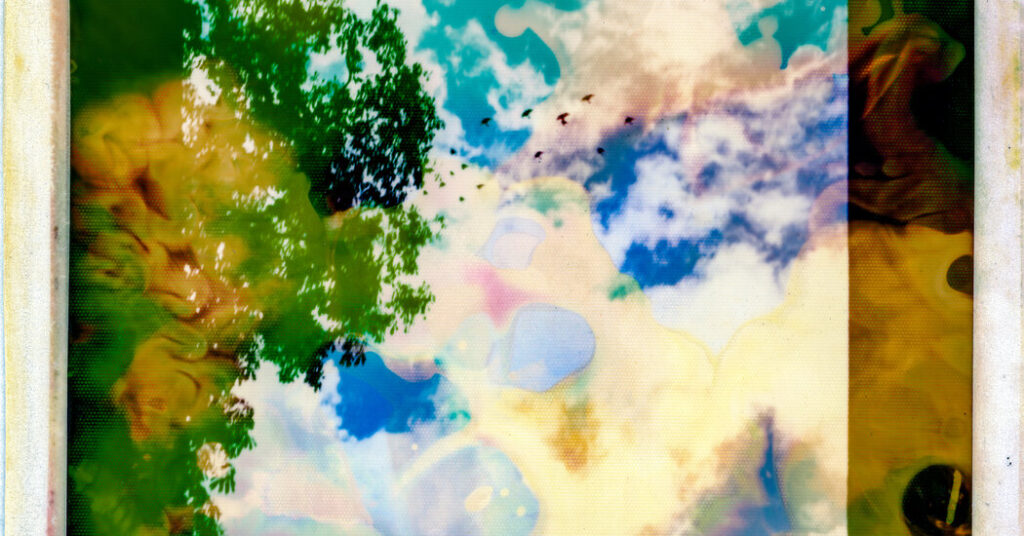Last week I was invited to Venice for an art conference, my first visit in 32 years.
Venice is a fantastic city, one of those places you should visit at least once in your life, but unless you're an amazing person who regularly attends the Biennale, film festivals, owns a palace, etc., you may never visit again. The city is small, expensive, crowded, and in decline.
Well, this is Venice after all.
For those of us who love to travel, the question of whether to revisit places we've been to before is a recurring one. We go back to a place to meet certain people or to meet new ones. We go back again to see, or to see again, something we missed. In either case, revisiting is as much a time-travel as it is a geographical journey.
You have changed, and the place has changed. It is not just a place you visit, but a place captured in a moment, a place that existed for your past self and for your past self.
Travel writers often wrestle with this conundrum. “By day I wander the alleys and monuments that so fascinated me in my youth,” legendary travel writer Colin Sablon wrote in 2017 upon returning to Damascus for the first time in 50 years. “At times I peer through his eyes and recall the fascination of my youth as I enter the old mosques and tombs of the sultans.”
For me, the idea that 32 years have passed since my first visit to Venice seemed simply impossible: as an adult, you certainly can’t leave that long of a gap.
I first went to Venice toward the end of a month of solo travel around Italy after studying abroad my senior year of college. Even during “Let's Go” times, when guidebooks still offered $35-a-day tours of Europe, Venice was prohibitively expensive, and my only realistic option for accommodation in Venice was a youth hostel in a former monastery on an isolated island.
That June, it rained almost every day in Italy, enough to make it into the International Herald Tribune. Tourism was hit hard, and even Venice was deserted. I was soaked. I didn't have the time or money to enter the famous cathedral there, but I gazed upon it from a rain-soaked St. Mark's Square, under a flimsy umbrella.
I don't remember much about that visit, and although I dug out my photo albums from a storage box before leaving this time, the pictures of Venice are blurry and unfamiliar.
Of course, today, our travel memories come back to us regularly. Photos are more plentiful than ever, algorithmically served up through the iPhone's Memories feature, we live on our phones. We see friends' and strangers' Instagram Stories of the same places. It's becoming harder to keep memories whole.
Over those 32 years, new information about Venice has seeped into my mind. I've read travel writer Jan Morris's timeless 1960 book about Venice and Venetian Judith Martin's books (reviewed in The Times Book Review). I've seen newer films, from The Wings of the Dove to a remake of The Italian Job, that portray Venice as a place of tragic beauty and elusive wealth. I've seen older films, too, like 1973's Don't Look Now and Paul Schrader's 1990 The Comfort of Strangers, in which a dilapidated, almost corroded Venice serves as a backdrop for menace and terror.
It was becoming hard to reconcile my faded image of Venice with all the data I’d absorbed since then. Newspaper headlines said Venice was flooded, sinking, and possibly saved. The pandemic had devastated Venice’s tourism industry, then perhaps saved it. The city was so crowded it began charging admission fees, but struggled with being treated like a museum rather than a living city.
All this led to a certain amount of anxiety: had Venice become too commercialized and fallen into disrepair over the years?
Every traveler has heard someone say to themselves at one point: “I should have come here 30 years ago.” Maybe you missed Angkor Wat when it was mostly in ruins. Maybe you missed Beijing when the skies were still blue. Maybe you missed Iceland before Instagram.
It may always seem too late, and when you return, you cannot help but compare the view you saw before with what is now before your eyes.
Or maybe not. Mr. Morris, who died in 2020 at age 94, said late in life that he couldn't remember the first time he saw Venice. He visited the city many times, his accounts compiled into four books and, in Mr. Morris' words, “a million” articles. But he said of Venice, “at least in my experience, Venice remains a welcoming place that is not poisoned or mechanized. But it's all in the mind.”
So how did the Venice in my mind compare to the city I actually returned to?
Venice was nothing like I remembered it, or feared it would be. The city wasn't deserted after all. It was crowded, yes, but the crowds were tolerable, probably because people were walking the same well-traveled routes. The city more than made up for this, bustling with modern art as much as it was with preserved history, with palaces transformed into private museums boasting works by artists like Pierre Huyghe and Christoph Büchel. My 17-year-old son, fresh out of high school, came along on the trip, and I got to watch him see Venice for the first time. It felt like it was my first time, too. If I never returned, I wouldn't regret it. I'd remember it better this time.



